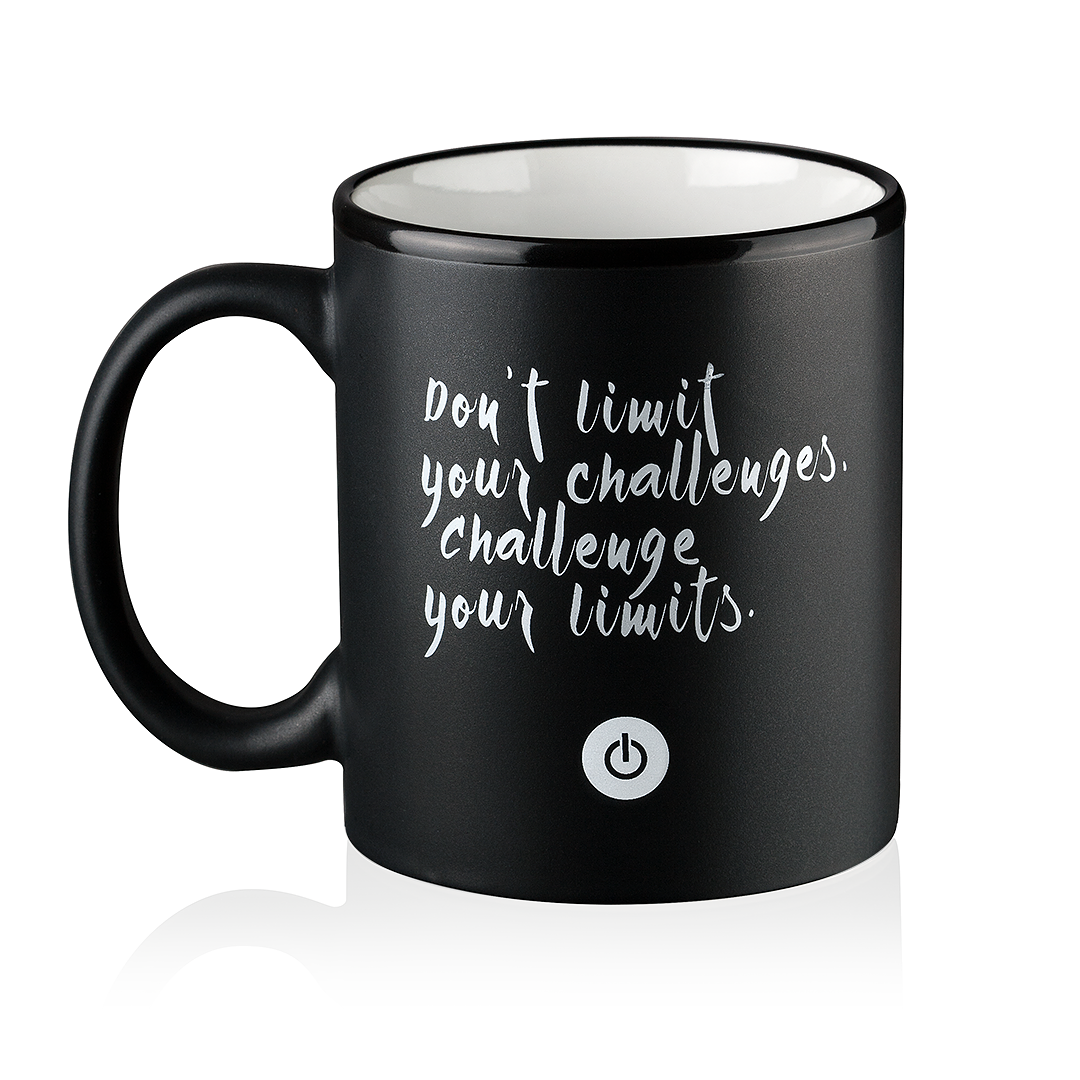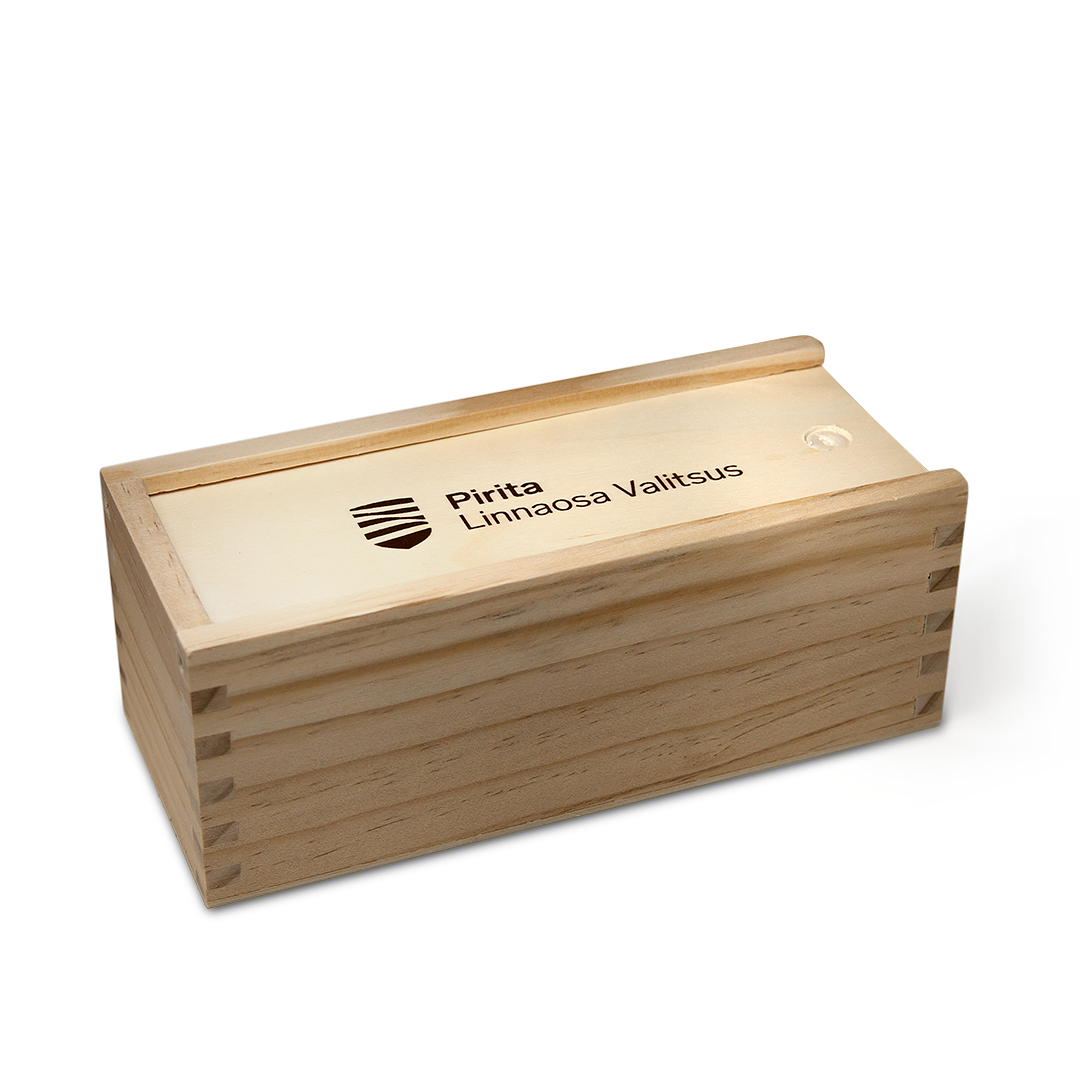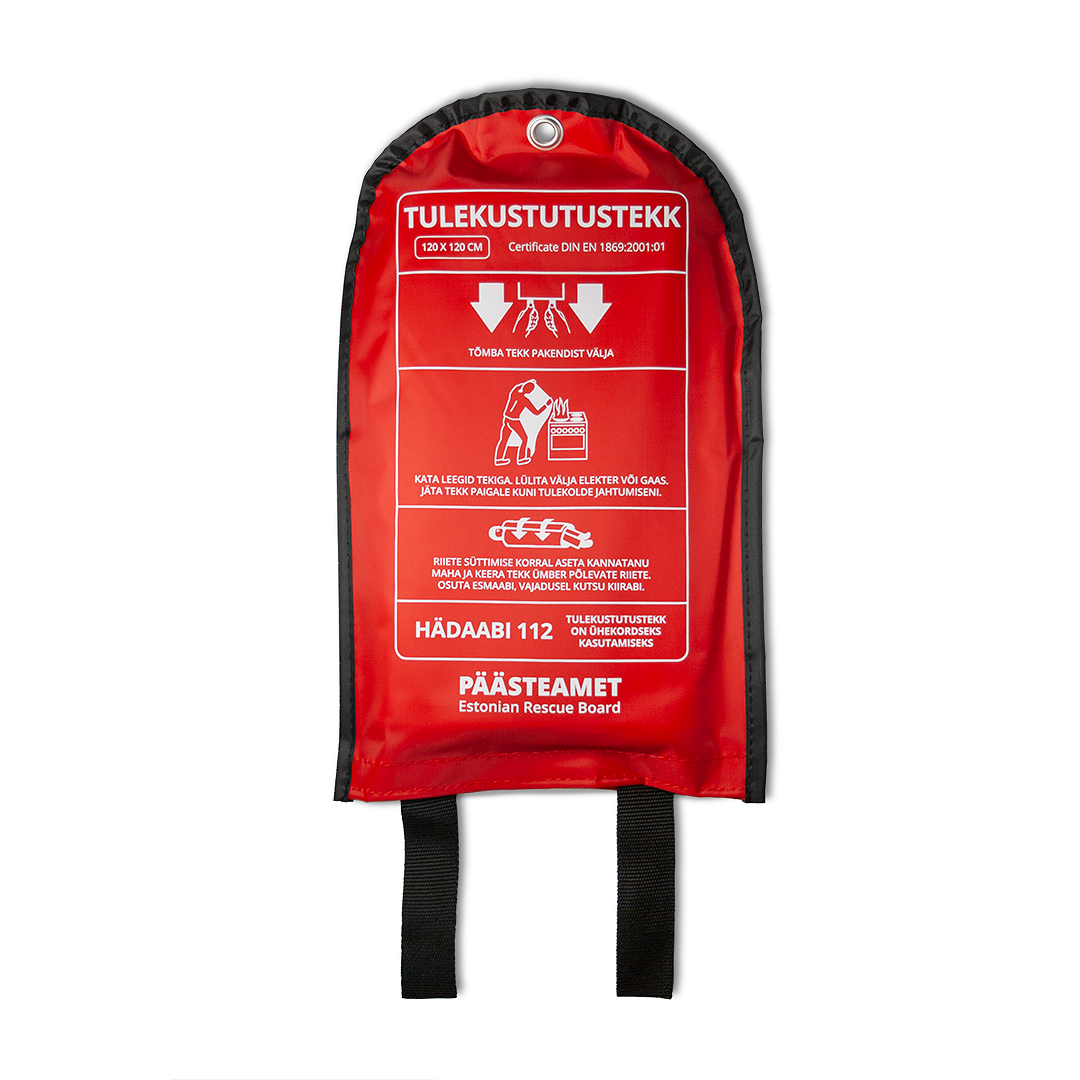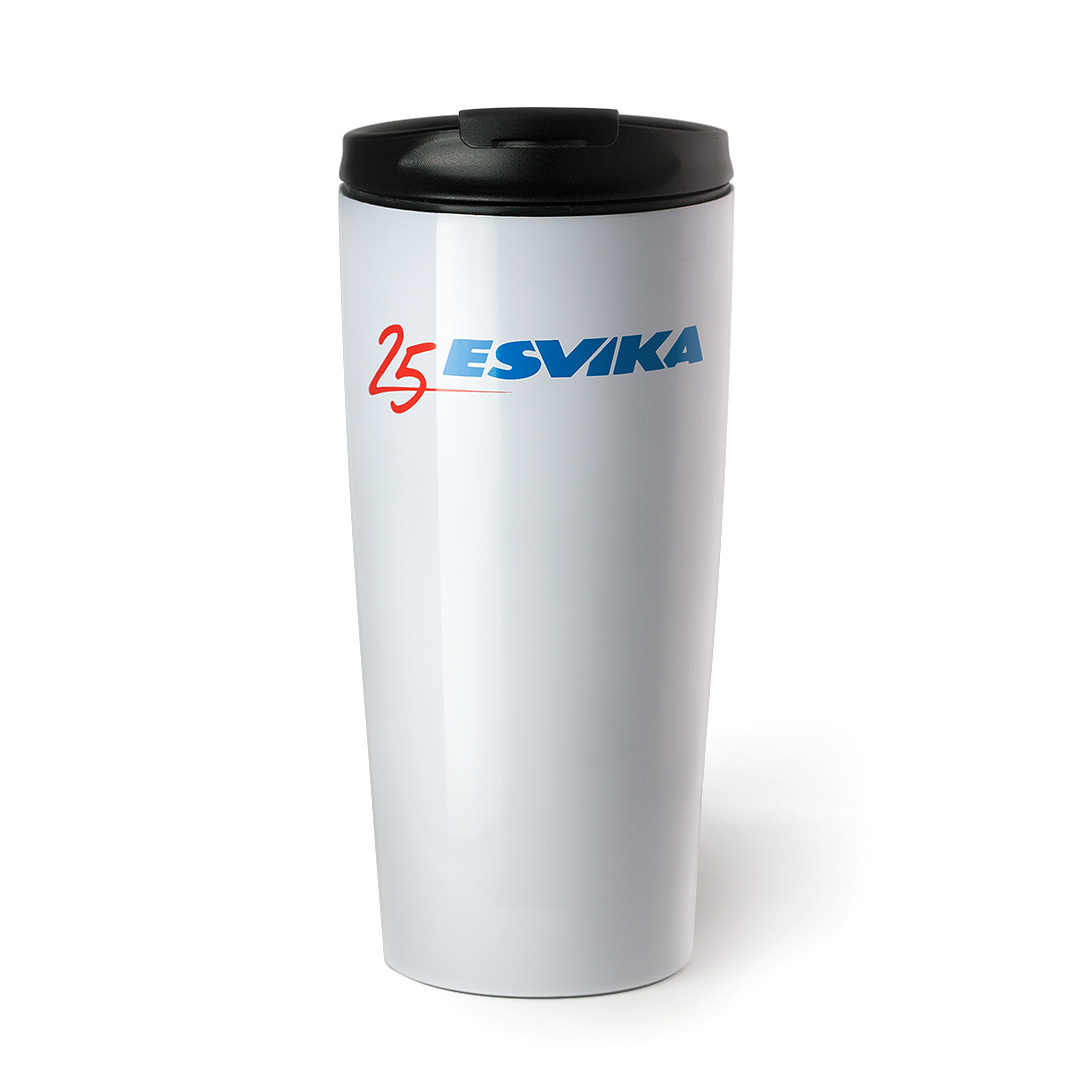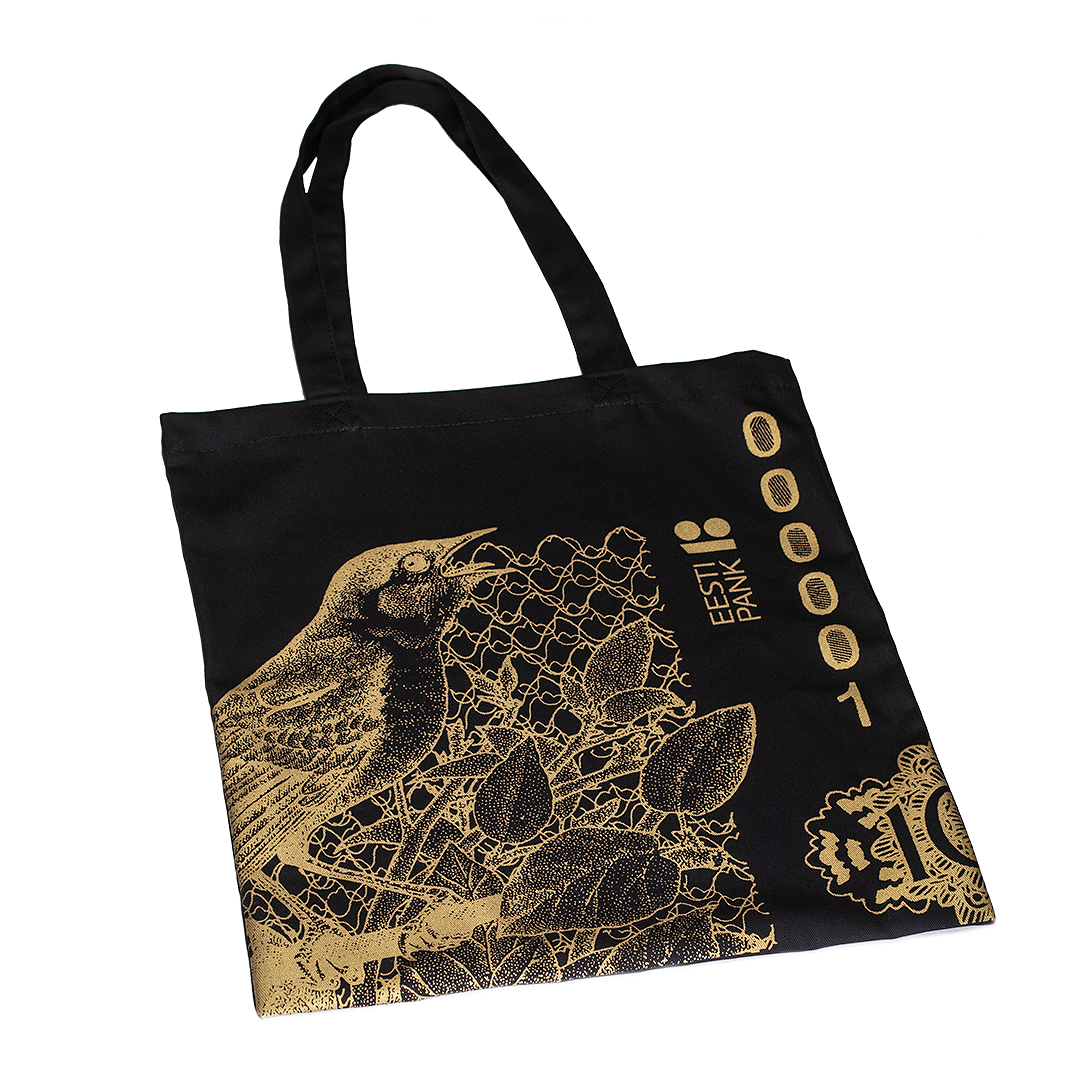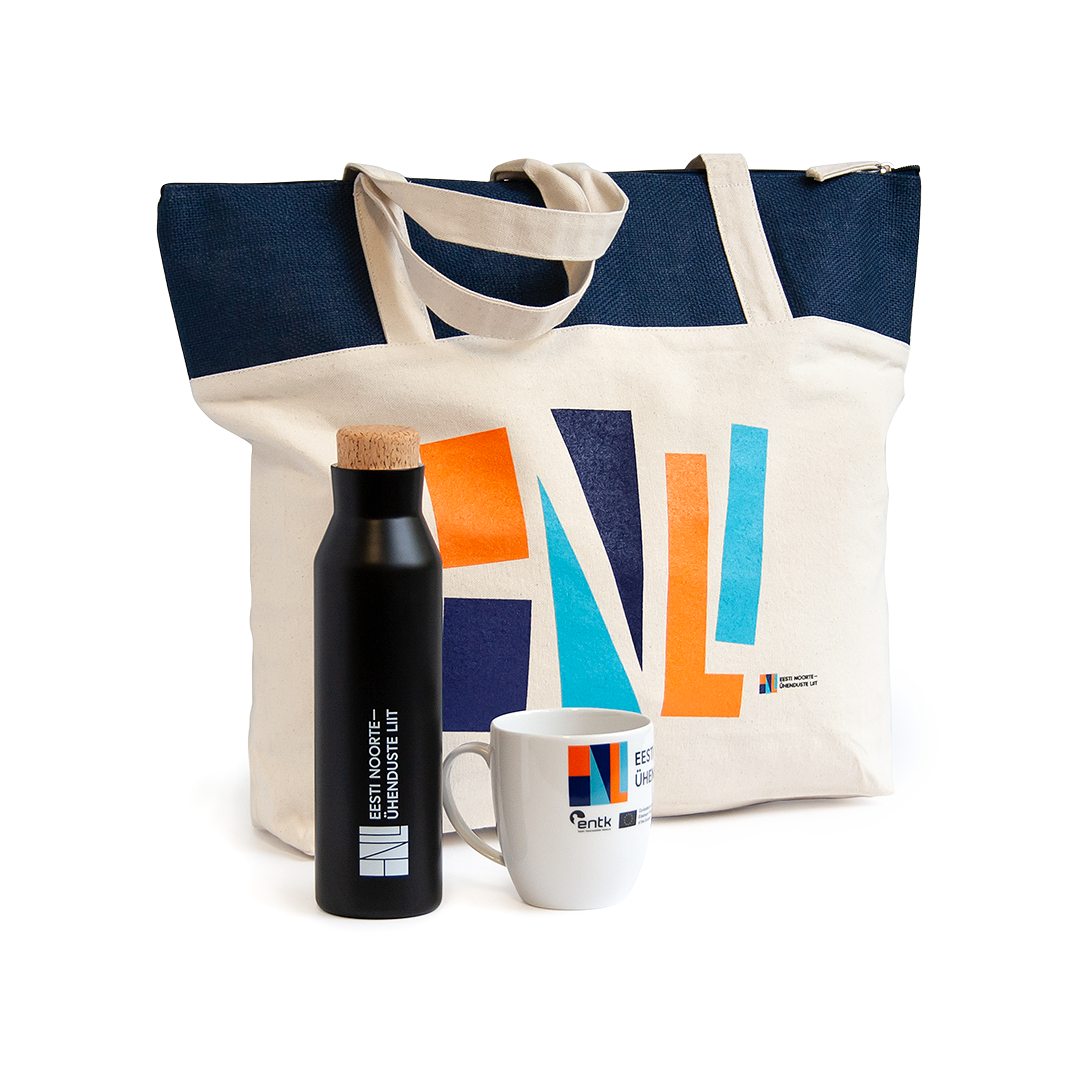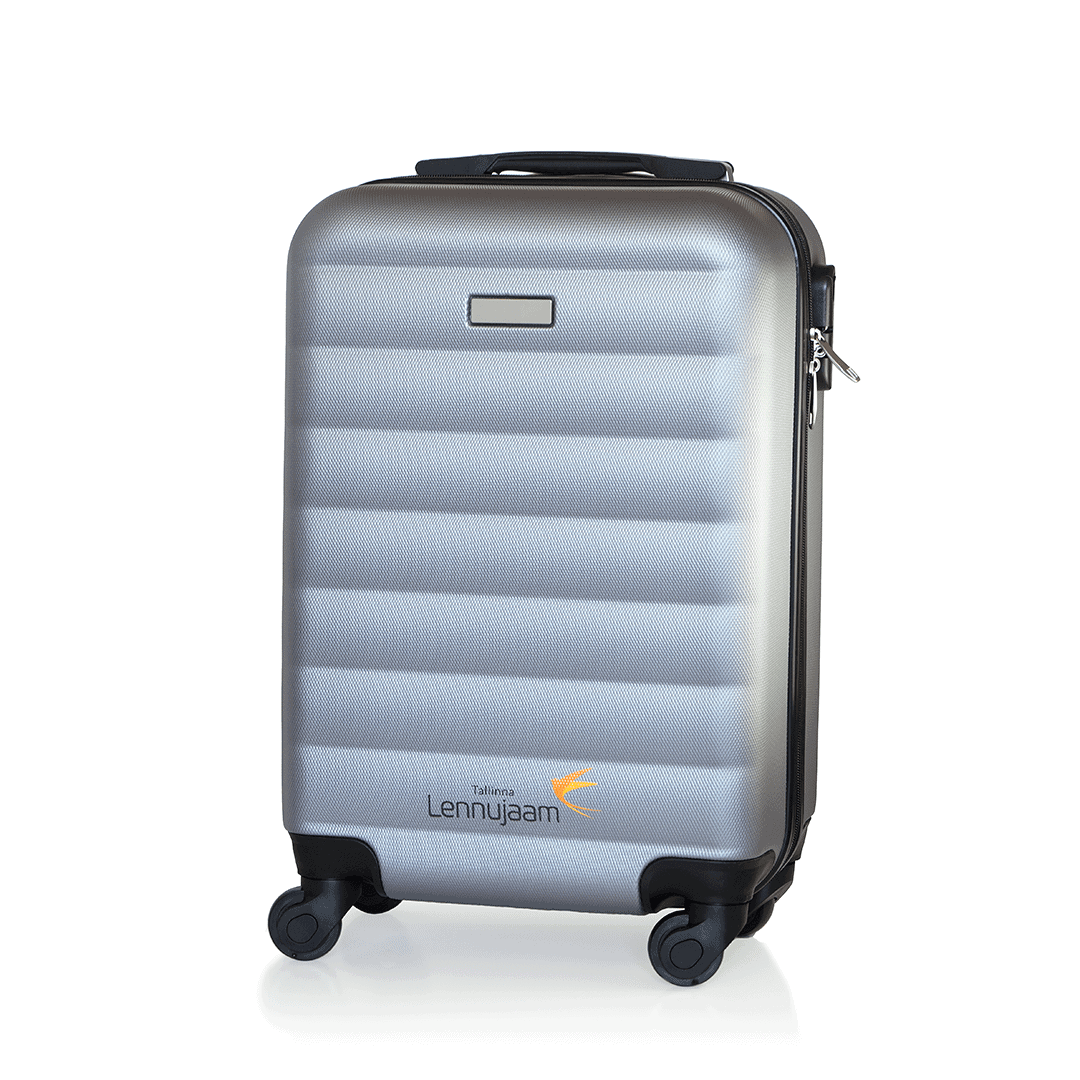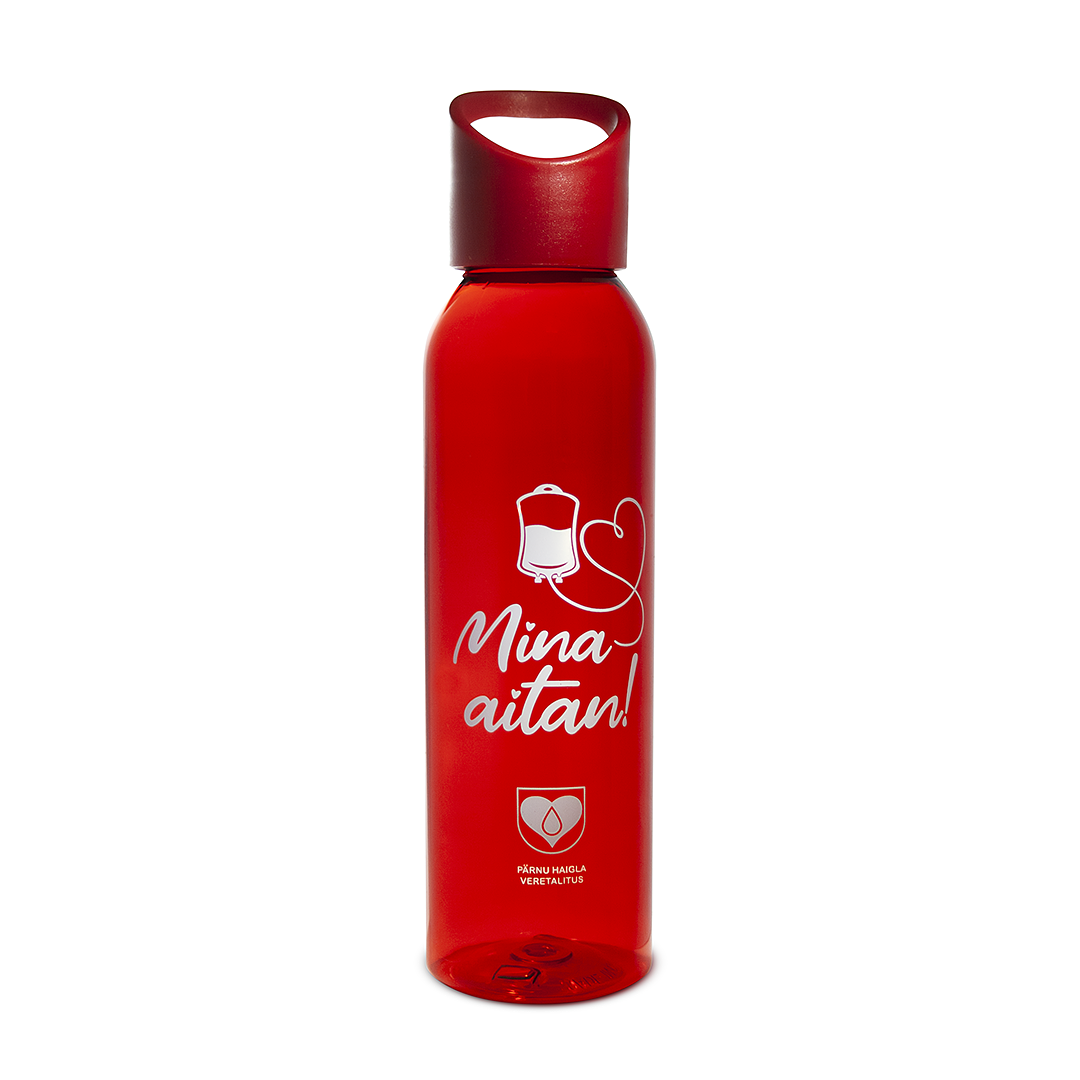Silk Screen Printing
Silk screen printing can be done on many different products and materials. The paint coat has excellent surface coverage, the result is durable and resistant to fading.
Technology
To transfer the image to the product, a porous fabric stretched over a metal frame is used. At first, silk was used as the fabric, hence the name „silk screen printing“. Today, synthetic materials more durable than silk are used – nylon and polyester.
Fabrics with different mesh aperture sizes are used in printing, depending on the material of the product, the image to be printed and different types of inks. By using smaller mesh aperture sizes, smaller images and finer lines can be printed. On the other hand, some inks and materials demand a wider apertures which puts limits on the minimum proportions of the printed image. Maximum proportions are determined by the size of the frame.
Different inks are used for printing on different materials – same inks can’t be used to print on cotton, synthetic materials, metal and ceramics.
To put your logo on a product, following steps must be completed:
- Every printing order starts with a design. If the client has provided the design file that meets the requirements and that shows the logo to be printed, the logo’s location and its colours, then the order can be processed immediately. If the client doesn’t have the design file, we will make it ourselves. Together with the client, we’ll choose the product, determine the position and the size of the logo and send the design file back to the client for the final confirmation.
- The image or logo to be printed receives a colour separation – every colour in the image is printed on a separate screen as every colour needs a separate film and printing frame. We are able to do up to 6 spot-colour or four colour prints at once using CMYK colours.
- The fabric on the printing frame is covered with a photosensitive emulsion. The film is then placed on the emulsion-covered fabric and the fabric is set on a UV light table. Light-exposed parts of the emulsion will bind while the black film covered parts of the emulsion can be washed off. This way the logo is set on the frame which lets ink through while the rest of the area is covered with emulsion.
- Produced frames are set on a printing carousel and aligned precisely. As the colours are printed sequentially, every colour with its own frame, it’s important that colours end up at the exact specific location on the product.
- The product is placed on a printing table with a special type of glue. Glue is required to keep the product in place during the printing. This is the reason why it’s impossible to print on products that have several layers of textile or no access between the lining – if the product can’t be fixed to the table without it moving then the exact printing alignment of the colours is not guaranteed.
- By spreading the ink with a squeegee over the silk screen frame, the ink is pushed through the mesh onto the product. Before applying each subsequent colour, the previous colour has to be dried.
- Final curing process takes place in a tunnel dryer where the ink binds and achieves washing and fading resistance.
Which products are suitable for silk screen printing?
Silk screen printing can be used for a wide variety of products and materials. We mainly use screen printing for clothes and other textile products (t-shirts, hoodies, jackets, bags, umbrellas, etc) but also for hard-surfaced products (folders, boxes, notebooks) and paper (paper bags, cards, business cards). It’s also possible to print on hard-surfaced cylindrical objects (mugs, glasses, thermoses, pens).
The final result depends largely on the product itself. For a smoother surfaced product, the print will be sharper and more uniform. In the case of textile products with linings (jackets, coats, bags), it’s important to make sure the lining can be opened and printing board can be placed between the lining. Our line of products is put together while keeping these factors in mind.
What are the requirements for the design files?
To transfer the logos to the products with silk screen printing, we need the designs in a vector graphics file format. Suitable file formats are: .pdf, .cdr, .ai, .eps. Texts should be changed into curves (into vector images) and colours assigned according to Pantone (PMS) colour space. Photos are an exception – these will be printed with a four colour process using CMYK colours. In this case, raster graphics files are also suitable: .tif, .psd, .jpg, .png. File should be using a CMYK color space, 1:1 size and with a resolution of 200-300 dpi.
If you don’t have a suitable file, we can also help with a design service. Feel free to contact us – we can convert your logo to a vector or produce an entirely original design according to the client’s wishes.
How to place an order for silk screen printing?
Send us your design. We will review it, offer the best solution to fulfill the screen print order and put together a price estimate.




